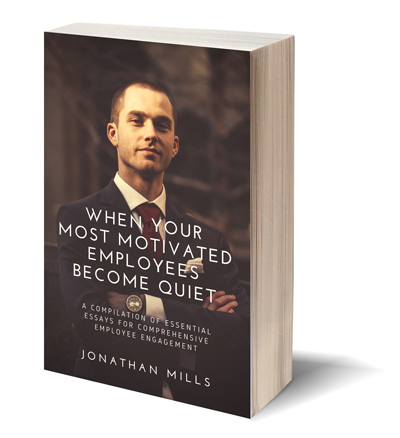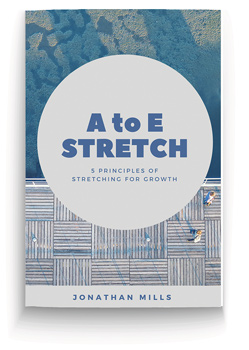“The mind celebrates a little triumph every time it formulates a thought” (Ralph Waldo Emerson)
The work involved in using your creativity and imagination to innovate evokes many emotions – sometimes bringing agony, exhaustion, and tears, but on other occasions, satisfaction, joy, and excitement. Innovation, however, does not come without a price.
In “The Second Greatest Christmas Story Ever Told”, Thomas J Burns relates the story of Charles Dickens troubled on account of serious financial problems – his publisher had revealed that sales of his new novel, “Martin Chuzzlewit”, were not what had been expected and it might be necessary to sharply reduce monthly advances against future sales. This news stunned the author, seeming almost that his talent was being challenged. Dickens realised that he needed an idea that would earn him a large sum of money to pay his mounting bills – maybe a cheerful glowing tale that would capture the hearts and minds of young and old alike. One evening, resuming his nightly walks in London’s better neighbourhoods that were lit by flickering gas lamps, he decided to walk down to the Thames River. In these parts, only the dull light from tenement windows illuminated the streets. The elegant ladies and well-dressed gentlemen of Dicken’s neighbourhood were replaced by bawdy streetwalkers, pickpockets, and beggars. Now the fear of being unable to pay his own bills haunted Dickens. Wearily, he started home from his long walk, no closer to an idea for a best-seller.
As he neared home, the inspiration he needed suddenly came – he would write a Christmas story for the very people he passed on the black streets of London, people who lived and struggled with the same fears and longings that he had known, people who hungered for a bit of cheer and hope. With only three months to go before Christmas, he started his novel with vigour. Gradually, during his writing, something surprising happened to Dickens. What had begun as a desperate, calculated plan to rescue himself from debt soon began to work a change in the author. As he wrote about the kind of Christmas he loved the joy of the season he cherished began to alleviate his depression.
A Christmas Carol captured his heart and soul. As Burns notes: “It became a labour of love. Every time he dipped his quill into his ink, the characters seemed magically to take life: Tiny Tim with his crutches, Scrooge cowering in fear before the ghosts, Bob Cratchit drinking Christmas cheer in the face of poverty.”
When the book was published on the 17th of December, it received an overwhelming response. The first edition of six thousand copies sold out by Christmas eve and received public acclaim. Although Dickens would write many other well-received and financially profitable books – David Copperfield, A Tale of Two Cities, Great Expectations – nothing would ever quite equal the soul-satisfying joy he derived from his universally-loved little novel.
In the midst of self-doubt and confusion, a man sometimes does his best work. From the storms of tribulation comes a gift. For Charles Dickens, a little Christmas novel brought new-found faith in himself and in the redemptive joy of the season. In his very city as he walked through its streets, he got in touch with himself and his readers. The sights and smells brought back memories of his own childhood emotions. Soon, vistas of creativity were opened, and he became excited and impatient to begin the day’s work.
Dr Stephen R Covey, in ‘Everyday Greatness’, notes: “Dickens’ experience reminds us how difficult the process of innovation can be. It also sends a clear signal that a good starting point from which to launch your creative powers is being out and about, exploring your environment with ever observant eyes and ears.”










